General Vo Nguyen Giap and his comrades in the Central Military Commission reviewed the combat plan for the Ho Chi Minh Campaign (Hanoi, April 1975). Photo: VNA (source: Qdnd.vn)
As early as January 1975, the Central Military Commission Standing Committee met to discuss the military tasks of spring 1975, implementing a step of the strategic combat plan. The task set was to liberate the Central Highlands, develop and liberate many other areas, liberate the South, and unify the country.
The Central Highlands offensive campaign opened the 1975 Spring General Offensive and Uprising, starting on the night of March 3 and early morning of March 4 and ending on April 3, 1975. The Central Highlands campaign disintegrated the entire puppet 2nd Corps, liberated the entire Central Highlands strategic region and quickly expanded to the Central region, carried out a strategic division, completed the mission of opening a victory, and created a decisive turning point.
On March 6, 1975, in coordination with the main attack direction in the Central Highlands, we began to attack in Tri-Thien and Zone V. On March 18, 1975, the Politburo decided to launch the Hue-Da Nang Campaign. After that, our army cut off National Highway 1A, occupied Thuan An and Tu Hien gates, and cut off the enemy's escape route to Da Nang. On March 24, 1975, Military Zone V liberated Tam Ky; on March 26, 1975, Quang Ngai was liberated, destroying the puppet 2nd Division. On March 26, 1975, Hue was liberated and 3 days later, Da Nang was liberated. After nearly 1 month of day and night fighting, we destroyed and disintegrated the entire enemy's 1st Army Corps and 1st Military Zone, liberated 5 provinces of North Central Vietnam, and by April 3, 1975, we liberated the entire Central Delta.
Faced with the rising momentum of the offensive, on March 25, 1975, the Politburo met to decide to liberate Saigon before the rainy season. In the Appeal of the National Liberation Front and the Provisional Revolutionary Government to the people and soldiers of the South on March 29, broadcast on the Liberation News Agency on April 4, 1975, there was a passage: “Compatriots in urban areas, organizations of the third political force, all people who truly love their country and their people, all unite, rise up to fight resolutely to overthrow the Nguyen Van Thieu group, establish in Saigon a government that truly desires peace, independence, democracy and national reconciliation, and strictly implements the Paris Agreement…”. The appeal reads: “Soldiers, officers, police and employees of the Saigon puppet government, please clearly recognize the current urgent situation, clearly recognize the humanitarian policy of the National Liberation Front and the Provisional Revolutionary Government, immediately leave the ranks of Nguyen Van Thieu's group, make achievements and return to the people and the revolution…”.
On April 1, 1975, the Politburo added a strategic determination: Liberate Saigon as soon as possible, preferably in April.
On April 6, 1975, the Politburo decided to establish the Saigon - Gia Dinh Liberation Campaign Command. The Commander was General Van Tien Dung; the Political Commissar was Comrade Pham Hung; the Deputy Commanders were Senior Lieutenant General Tran Van Tra, Lieutenant General Le Duc Anh, and Lieutenant General Dinh Duc Thien. On April 22, Lieutenant General Le Trong Tan was appointed as Deputy Commander; Lieutenant General Le Quang Hoa as Deputy Political Commissar.
Source: Qdnd.vn
On April 7, 1975, General Vo Nguyen Giap signed a secret telegram with the following content:
“1. Faster, faster, bolder, bolder, seize every hour and minute, rush to the front, liberate the South. Determined battle and total victory.
2. Immediate communication to party members and soldiers".
On April 9, 1975, comrade Le Duan signed a telegram to comrades Van Tien Dung, Le Duc Tho, Pham Hung, and Le Trong Tan, requesting to prepare forces and coordinate all directions for a large and comprehensive attack on Saigon.
From April 9 to April 21, 1975, the Xuan Loc - Long Khanh Campaign shattered the Xuan Loc defense line, opening wide the "steel door" to Saigon. General Weyand - the last American commander in South Vietnam, said: "Must keep Xuan Loc. Losing Xuan Loc means losing Saigon!". However, facing our stormy offensive momentum, on April 21, 1975, after 13 days and nights of extremely fierce fighting, the entire town of Xuan Loc was liberated.
From the beginning of April 1975, in the process of completely liberating the coastal provinces of the Central and South Central regions, the Politburo decided to quickly liberate the islands held by the Saigon puppet army in the Truong Sa archipelago, considering it a very important task. This task was assigned to the Military Region V Command and the Navy Command. On the night of April 13 and the early morning of April 14, we liberated Song Tu Tay island and on the night of April 28 and the early morning of April 29, 1975, we liberated the islands of Nam Yet, Son Ca, Sinh Ton, Truong Sa, An Bang, etc.
At 7:00 p.m. on April 14, 1975, in Telegram No. 37TK from the Politburo sent to the front, the full text was as follows: "Agree to name the campaign to liberate Saigon the Ho Chi Minh Campaign."
At 5:00 p.m. on April 26, 1975, the Ho Chi Minh Campaign began.
In all directions, we opened fire and attacked fiercely, penetrating deep to capture the 5 identified targets. With overwhelming advantage, our army both surrounded and destroyed, and disintegrated the enemy. In coordination with the main force, the local armed forces and the local revolutionary masses promptly rose up, calling on enemy soldiers to lay down their weapons, smashing their resistance nests, and gaining control. Tens of thousands of people in the suburbs also rose up, surrounding the enemy headquarters. The city commandos led the troops across bridges and highways, advancing straight into the city center with lightning speed.
In the critical situation, the Saigon puppet government urgently appointed Duong Van Minh as president.
The flag of the National Liberation Front of South Vietnam flies on the roof of the Independence Palace, 11:30 a.m., April 30, 1975. Photo: Document (source: Qdnd.vn)
On April 28, 1975, the Standing Committee of the Central Office for Southern Vietnam commented on Duong Van Minh's ascension to the presidency of the Saigon puppet government, saying that it was a plot by the US to negotiate with us in order to save the remaining part of the Saigon government. But in reality, Duong Van Minh was no longer the representative of the third force, but had become a lackey of the US, the force against the revolution. The comment also stated the determination to completely defeat the US-puppet, liberate the South, and unify the country.
On April 29, 1975, the Politburo sent a telegram to comrades Le Duc Tho, Pham Hung, Van Tien Dung, Tran Van Tra, and Le Trong Tan about continuing the general offensive on Saigon as planned.
On April 29 and 30, 1975, the uprising movement of the masses in the suburbs and inner city of Saigon - Cho Lon rose up. For example, at Khanh Hoi Factory, the people rose up, took the enemy's gun warehouse to equip the ward's self-defense force, and called on the enemy to surrender. Political prisoners in Chi Hoa prison rose up to break out of the prison and liberate themselves...
At exactly 11:30 a.m. on April 30, 1975, the revolutionary flag flew on the roof of the puppet President's Palace, marking the historic moment: the complete liberation of Saigon city.
On April 30 and May 1, 1975, there was a simultaneous general offensive and uprising in the Mekong Delta. In Military Regions 8 and 9, during the days when the Ho Chi Minh Campaign was taking place smoothly, the preparation for the offensive and uprising of the armed forces and the people was also very urgent. The army and people of the Mekong Delta coordinated promptly and effectively with the key battlefield in Saigon, successfully implementing the Central Bureau's policy of seizing the opportunity, that each locality liberate itself with its own forces.
According to the book “The Decisive Years” - the memoirs of General Hoang Van Thai, the offensive and uprising of the army and people of the Mekong Delta took place in many diverse forms, mainly in three forms. First, the offensive of the military forces combined with the local mass uprising, for example in Tra Vinh, Soc Trang, Vi Thanh... Second, when the armed forces attacked and approached the targets on the outskirts, the masses seized the opportunity to rise up and seize power, such as in Can Tho, My Tho, Rach Gia, Vinh Long... In Can Tho, when hearing the news that the enemy in Saigon surrendered, the City Party Committee led the masses to rise up and seize power in the wards, opened prisons to release political prisoners and arrested youths. The masses took to the streets to occupy the radio station, put pressure on and disintegrated the enemy at Tra Noc airport, while troops attacked from all directions. Third, military propaganda work went one step ahead, combining with the uprising masses to force the enemy to surrender before the armed forces attacked the enemy, as in the cases of Bac Lieu and Chau Doc.
PV
--------------------
This article synthesizes materials from:
“Chronicle of Historical Events of the Southern Resistance War 1945-1975”, National Political Publishing House - Truth, 2011;
“The Great Victory of Spring 1975”, National Political Publishing House - Truth, 2001;
“Vietnam - historical events (1945-1975)”, Education Publishing House, 2006;
“The resistance war against America, to save the country, 1954-1975”, People's Army Publishing House, 1980…
Source: https://baocantho.com.vn/-tranh-thu-tung-gio-tung-phut-xoc-toi-mat-tran-giai-phong-mien-nam--a184915.html


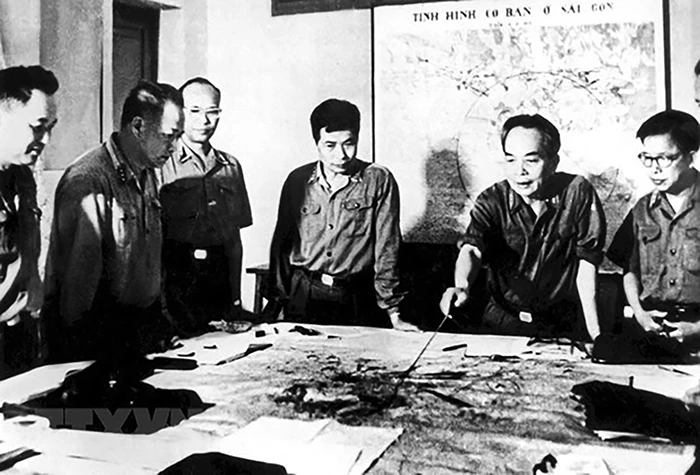
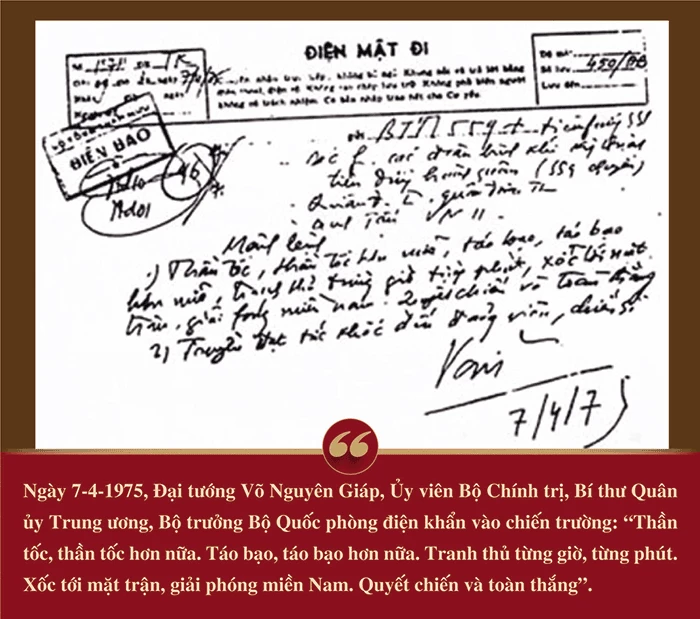
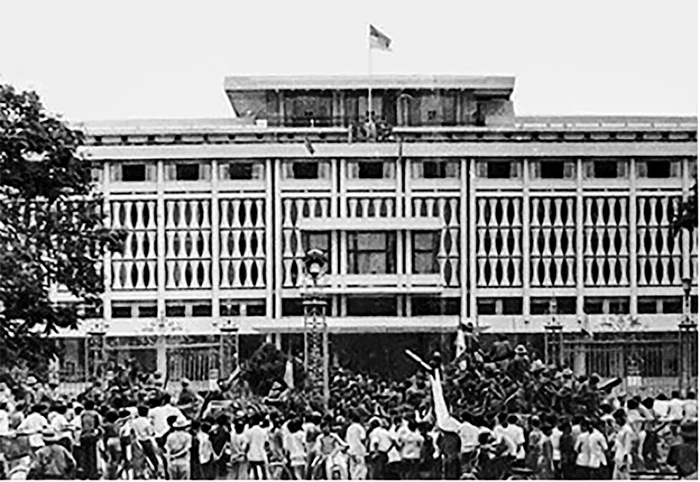
![[Photo] General Secretary To Lam receives Japanese Ambassador to Vietnam Ito Naoki](https://vstatic.vietnam.vn/vietnam/resource/IMAGE/2025/4/3/3a5d233bc09d4928ac9bfed97674be98)
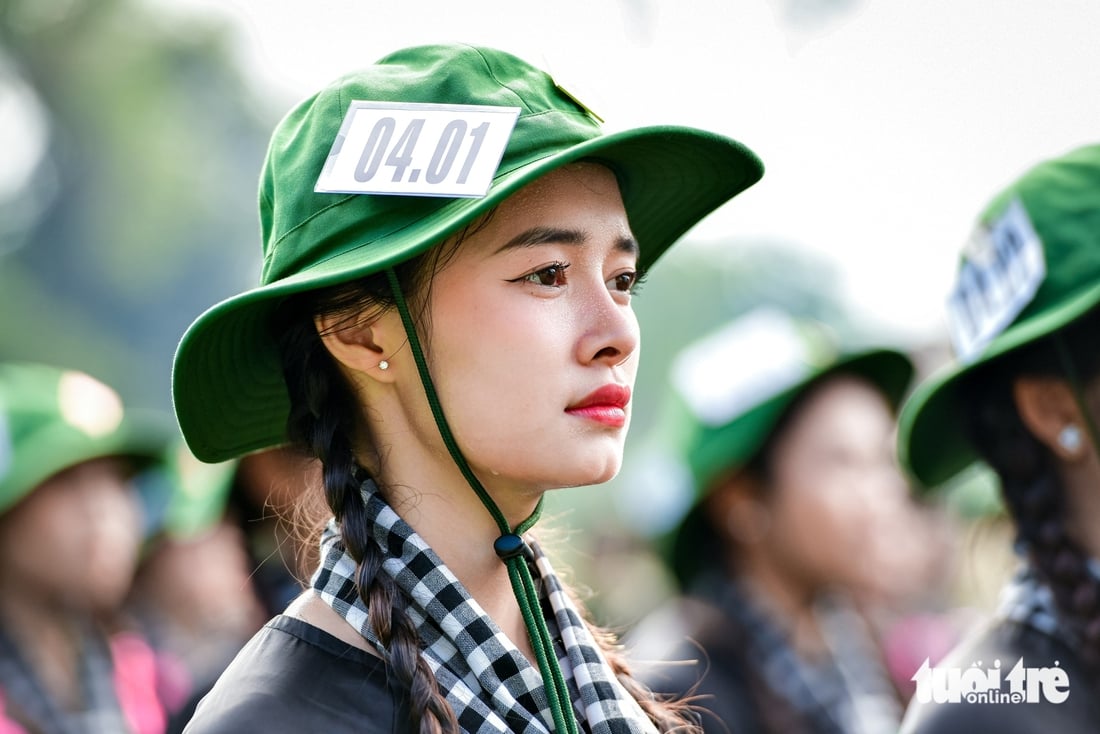
![[Photo] Special relics at the Vietnam Military History Museum associated with the heroic April 30th](https://vstatic.vietnam.vn/vietnam/resource/IMAGE/2025/4/3/a49d65b17b804e398de42bc2caba8368)
![[Photo] Moment of love: Myanmar people are moved to thank Vietnamese soldiers](https://vstatic.vietnam.vn/vietnam/resource/IMAGE/2025/4/3/9b2e07196eb14aa5aacb1bc9e067ae6f)


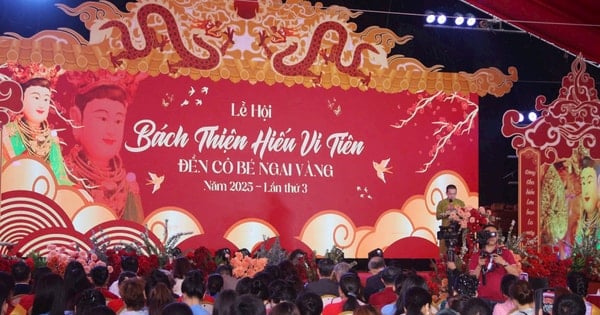

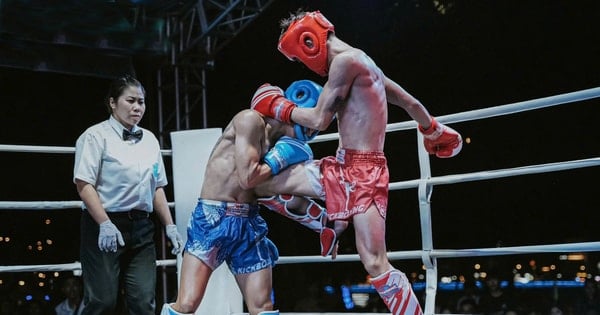
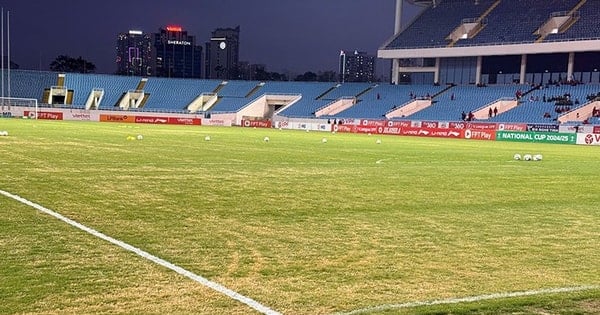

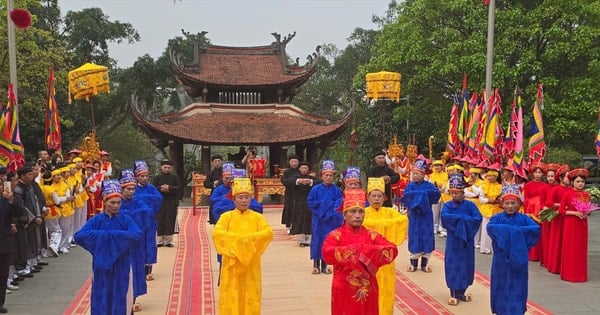





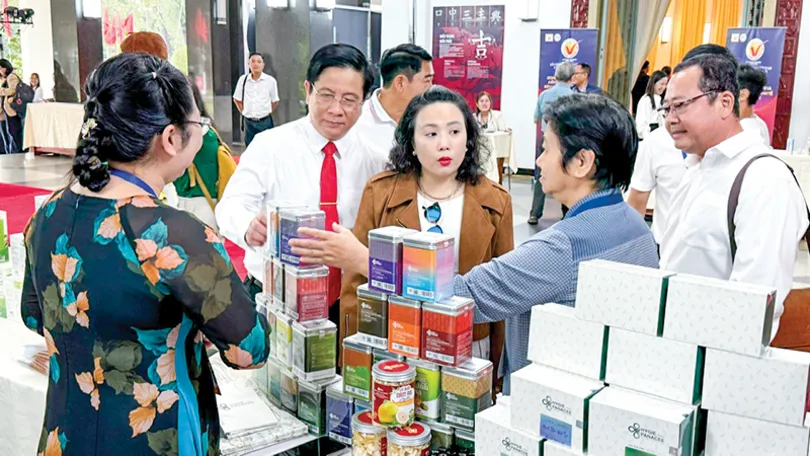
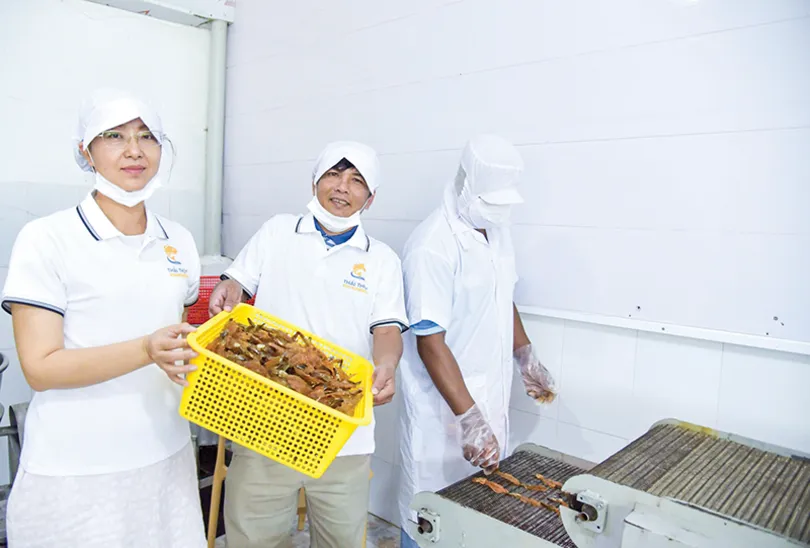
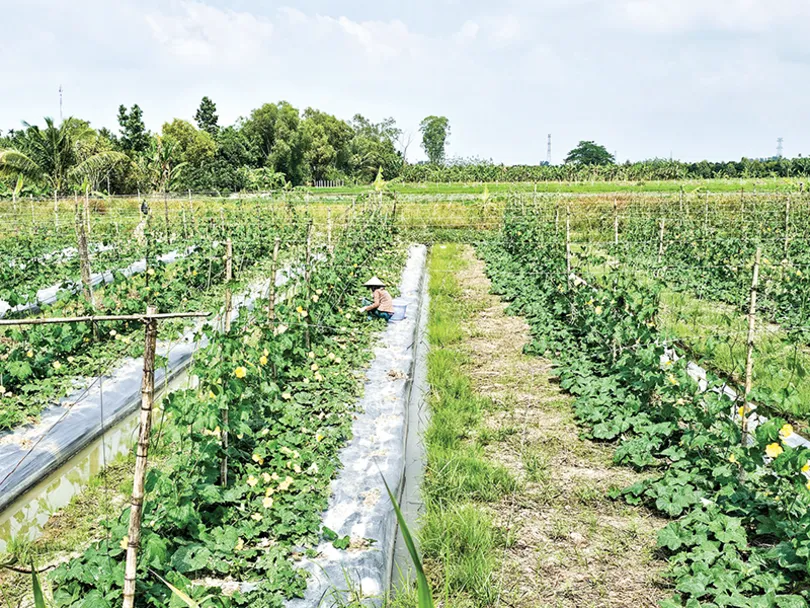
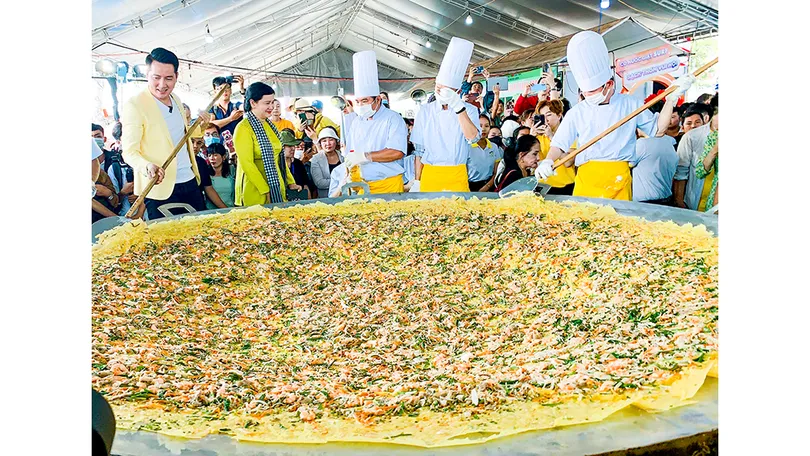
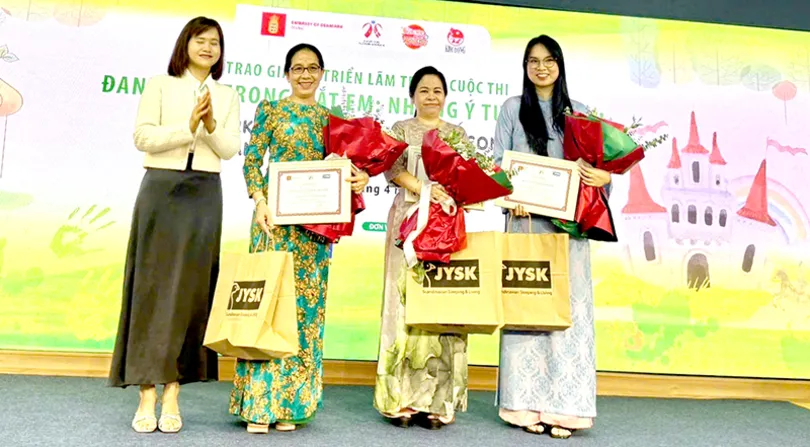






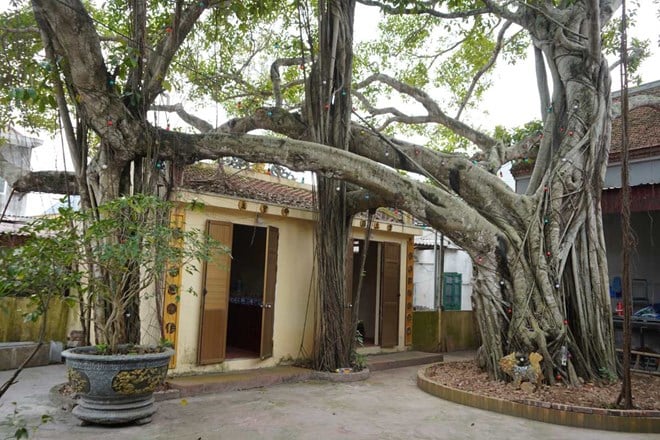

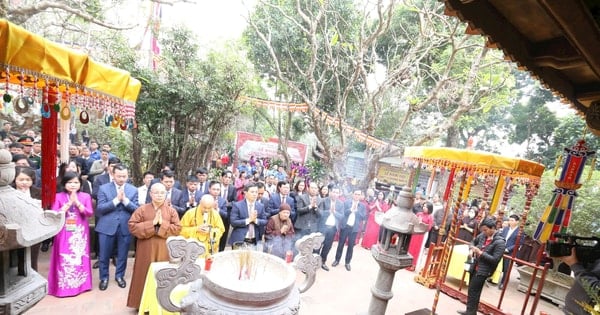



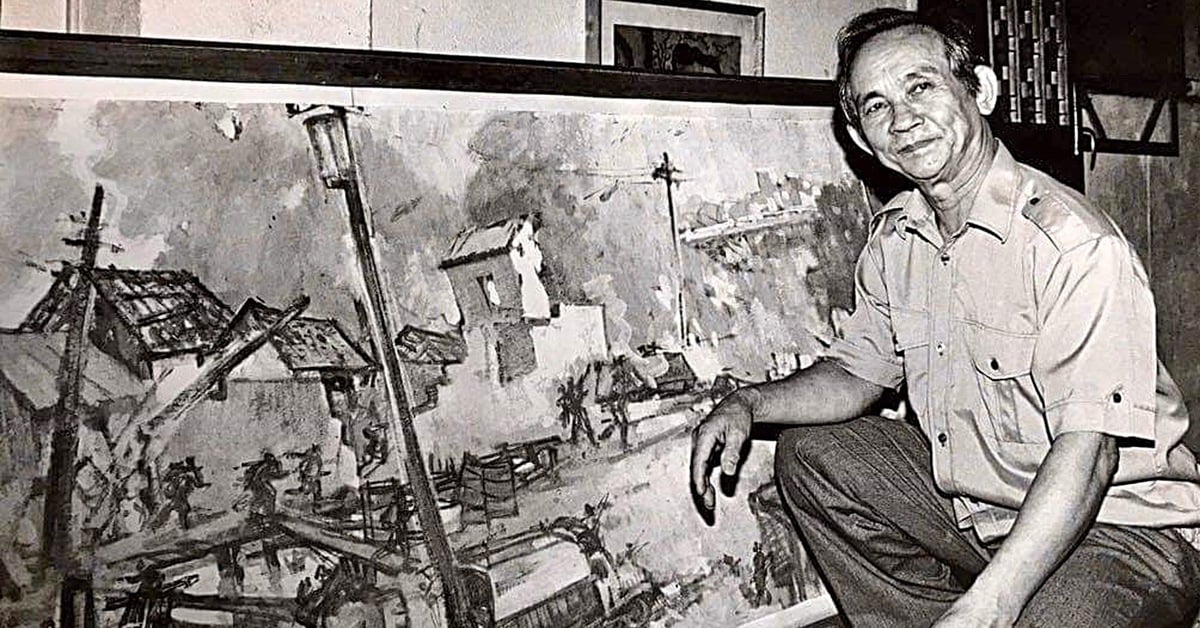

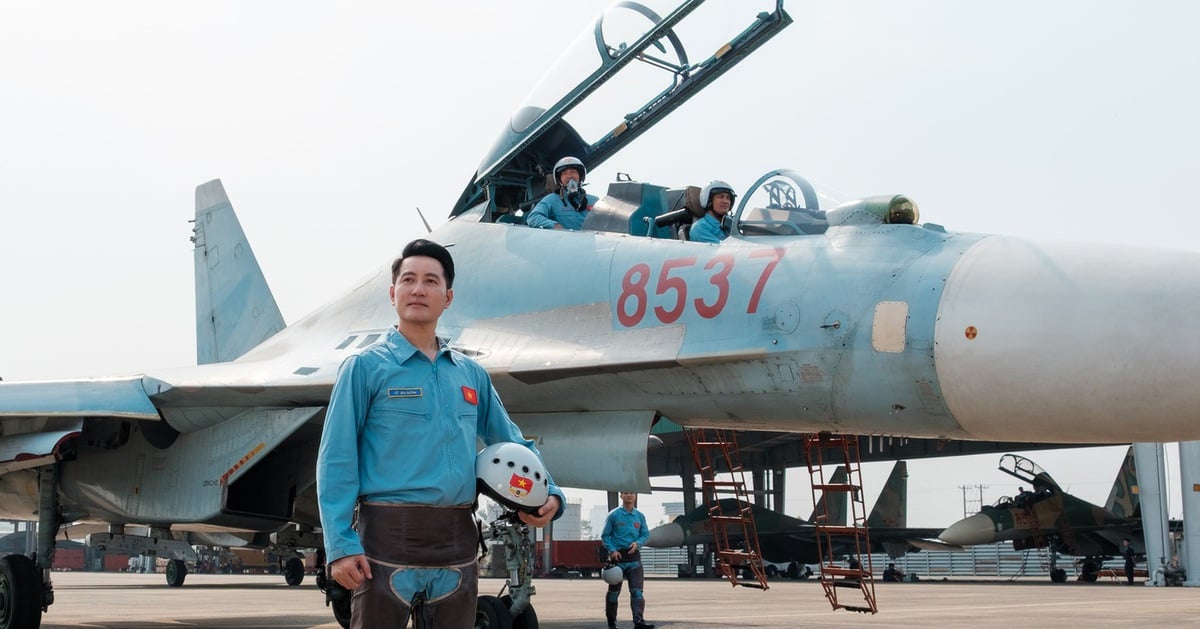
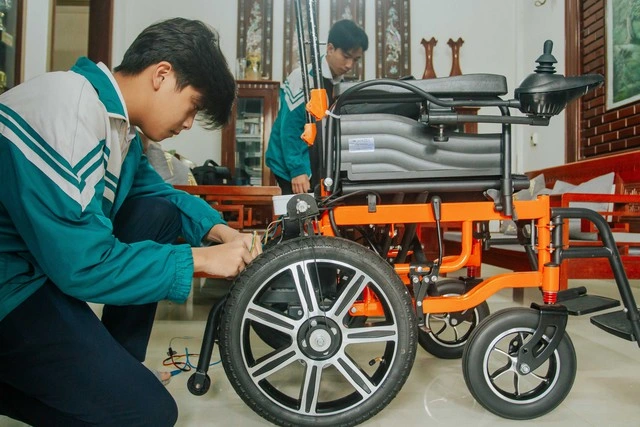
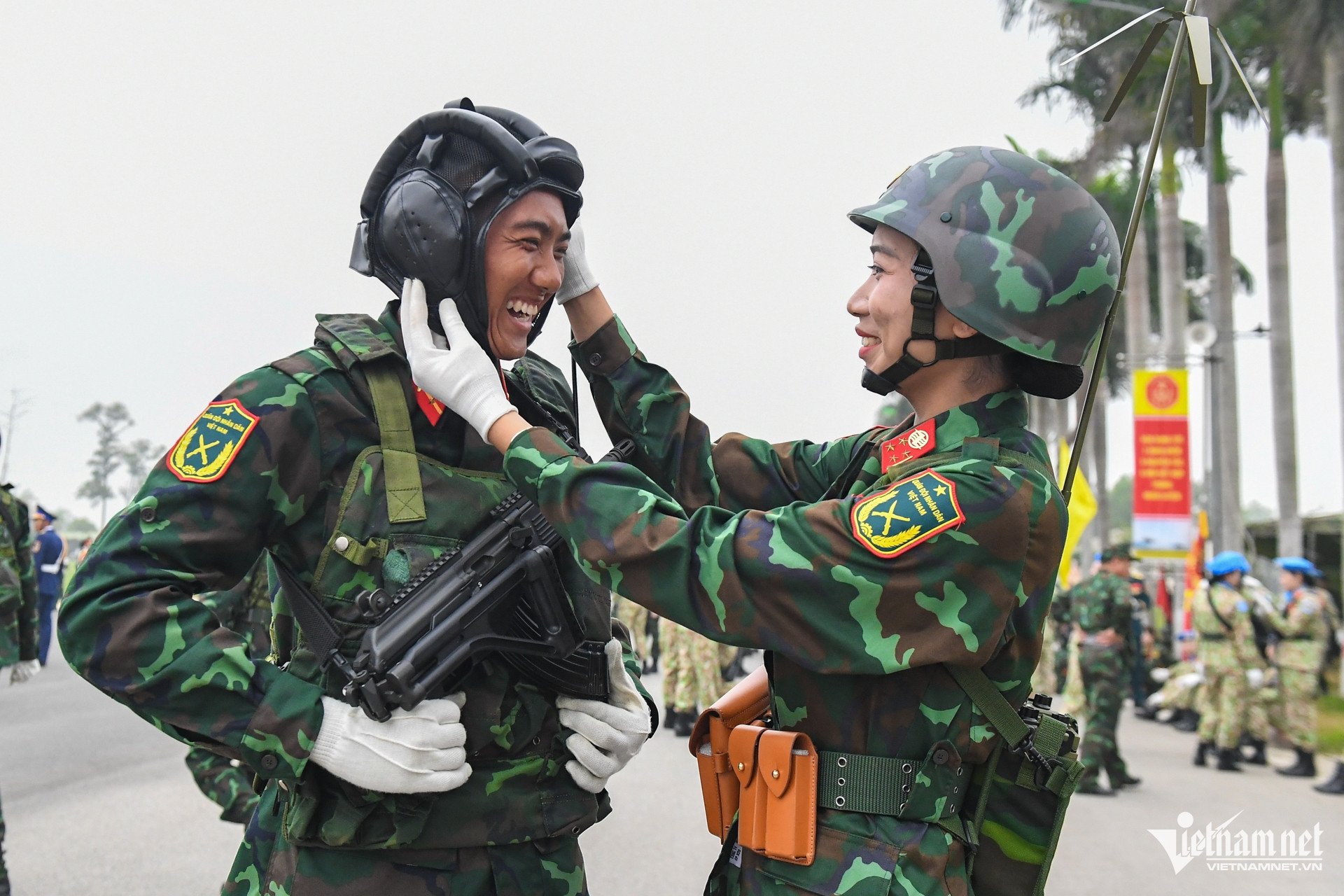

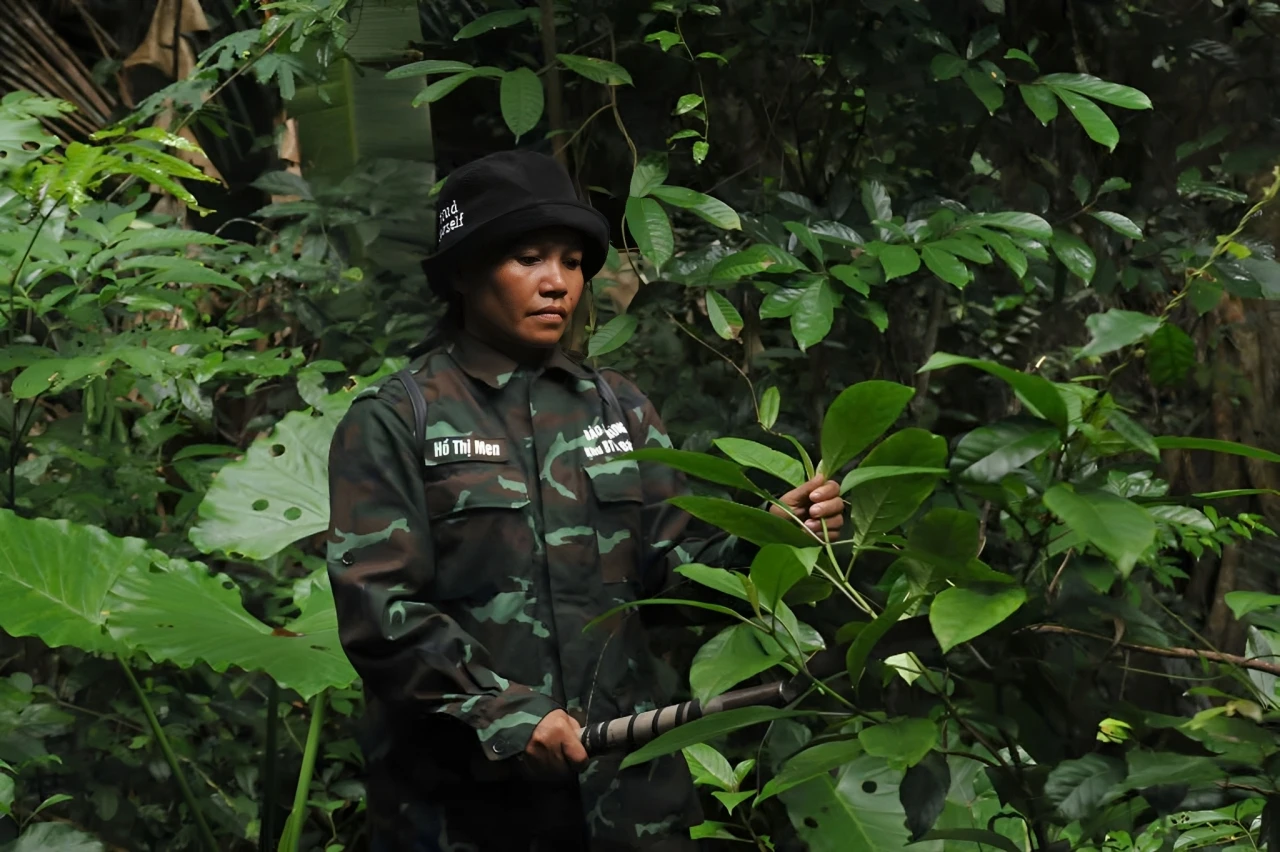

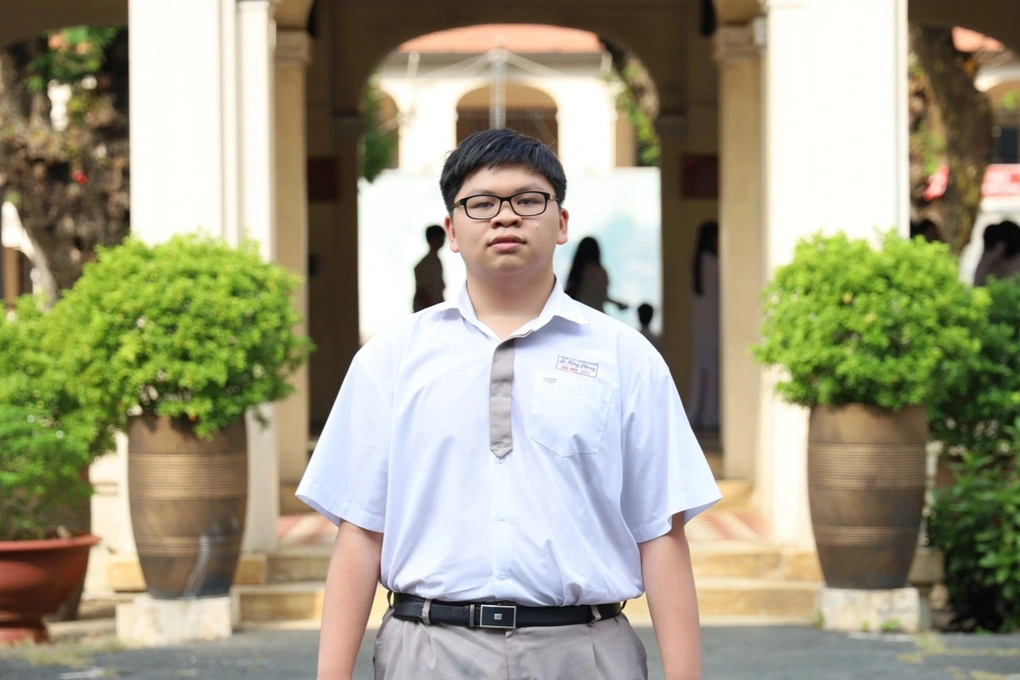









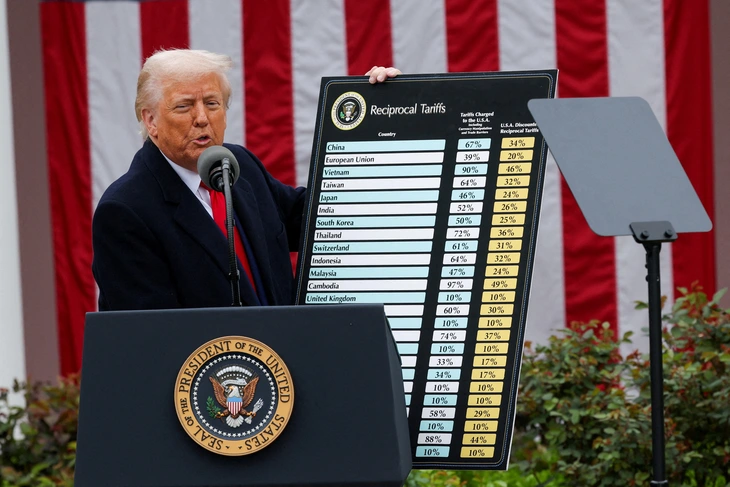
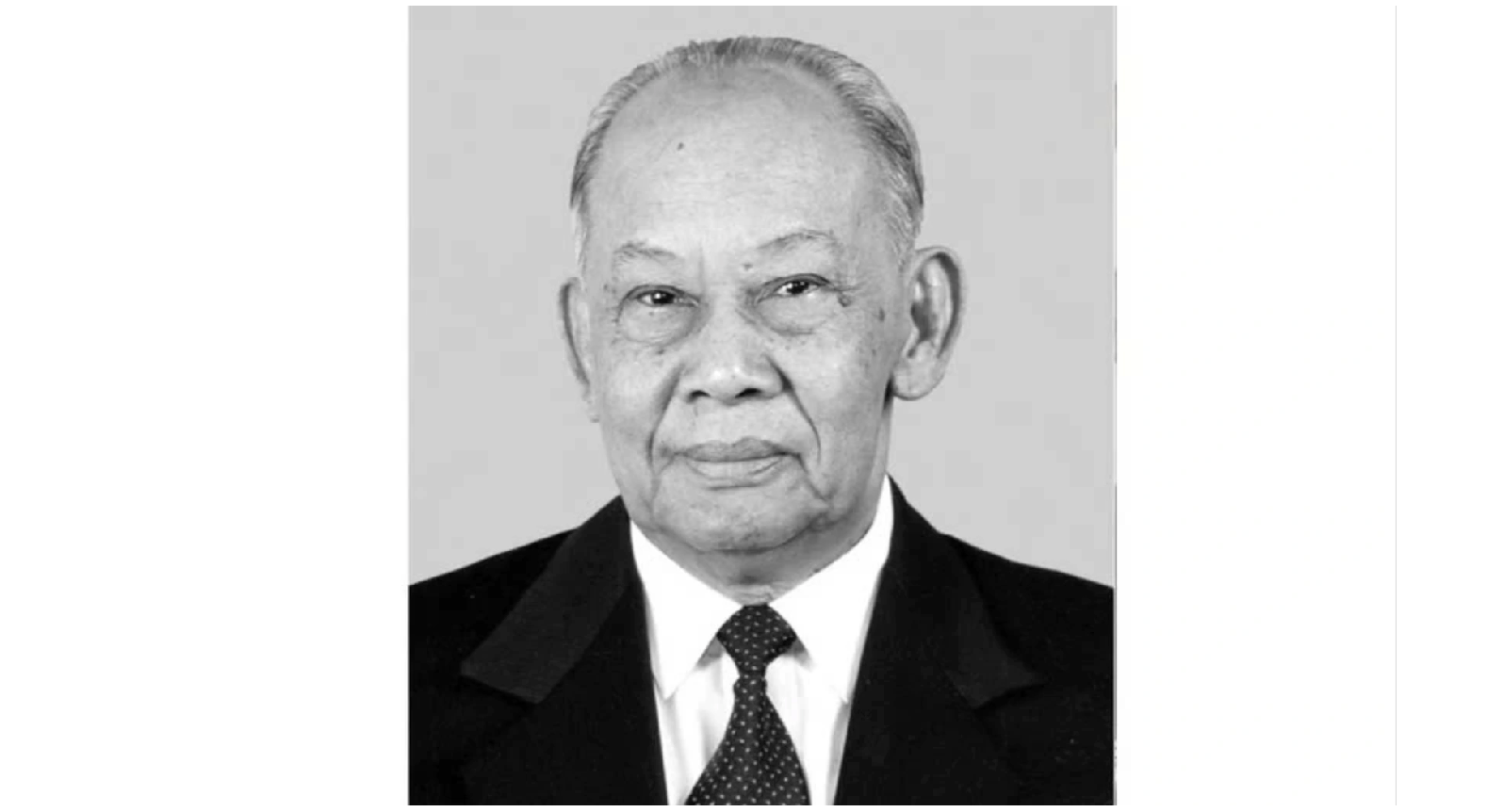



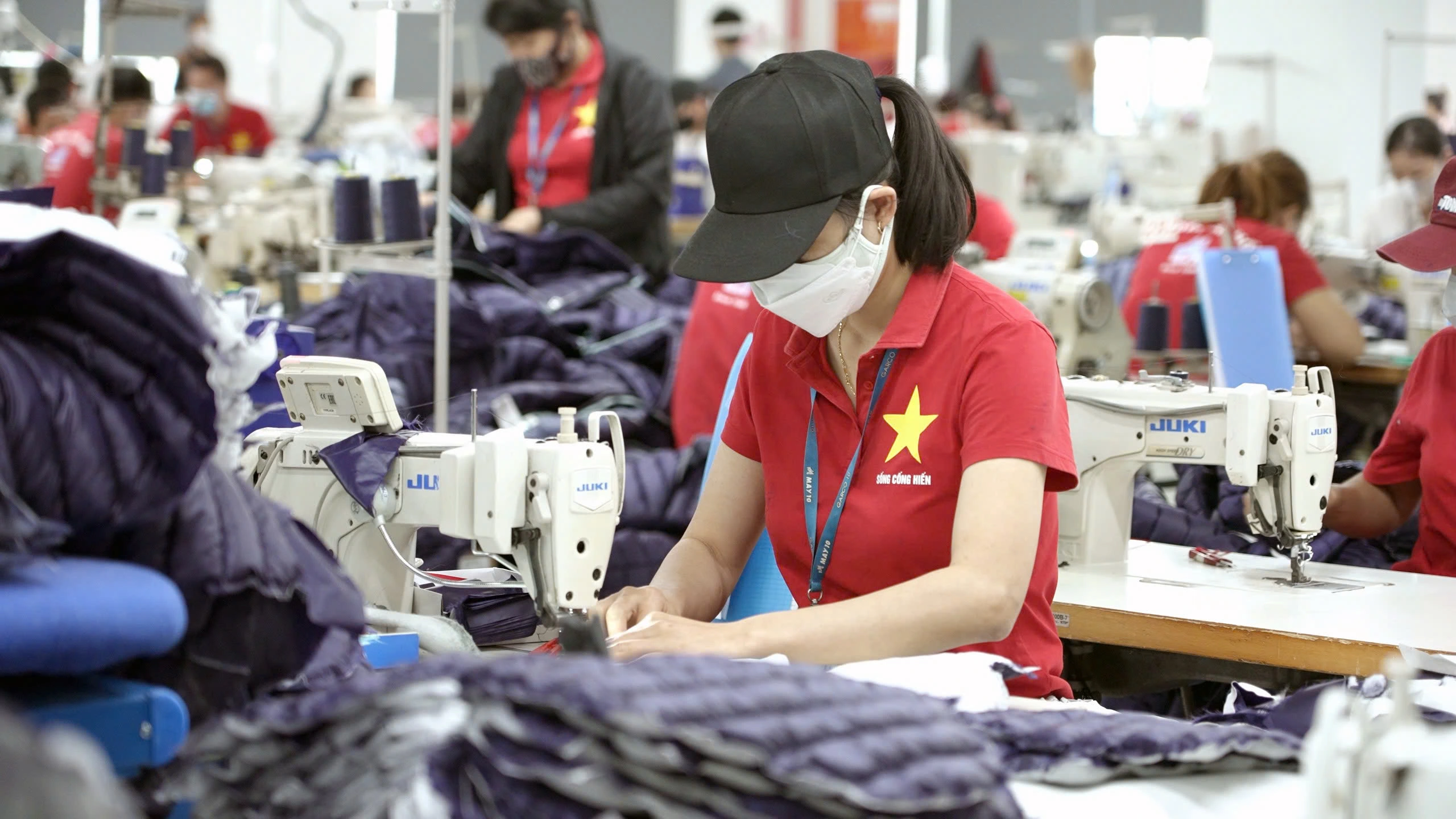
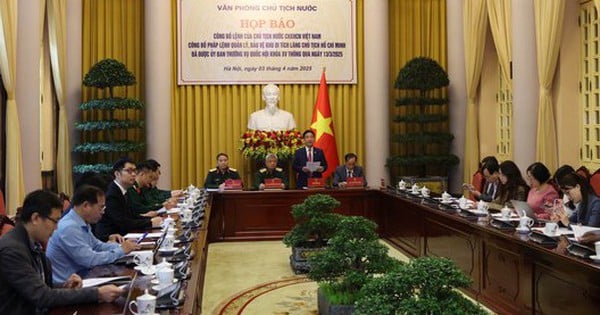

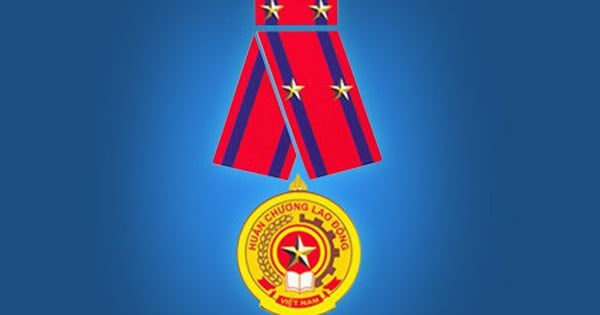

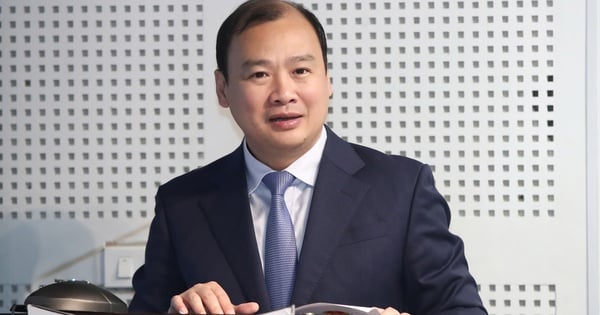
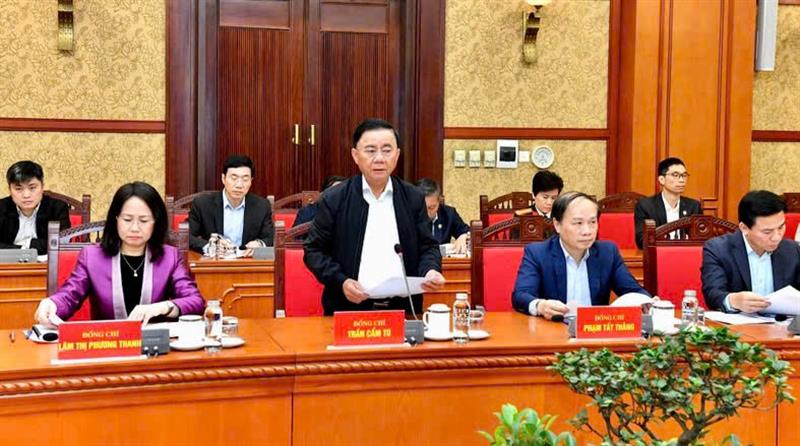


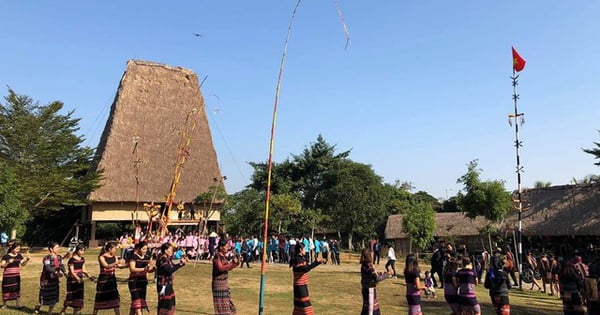
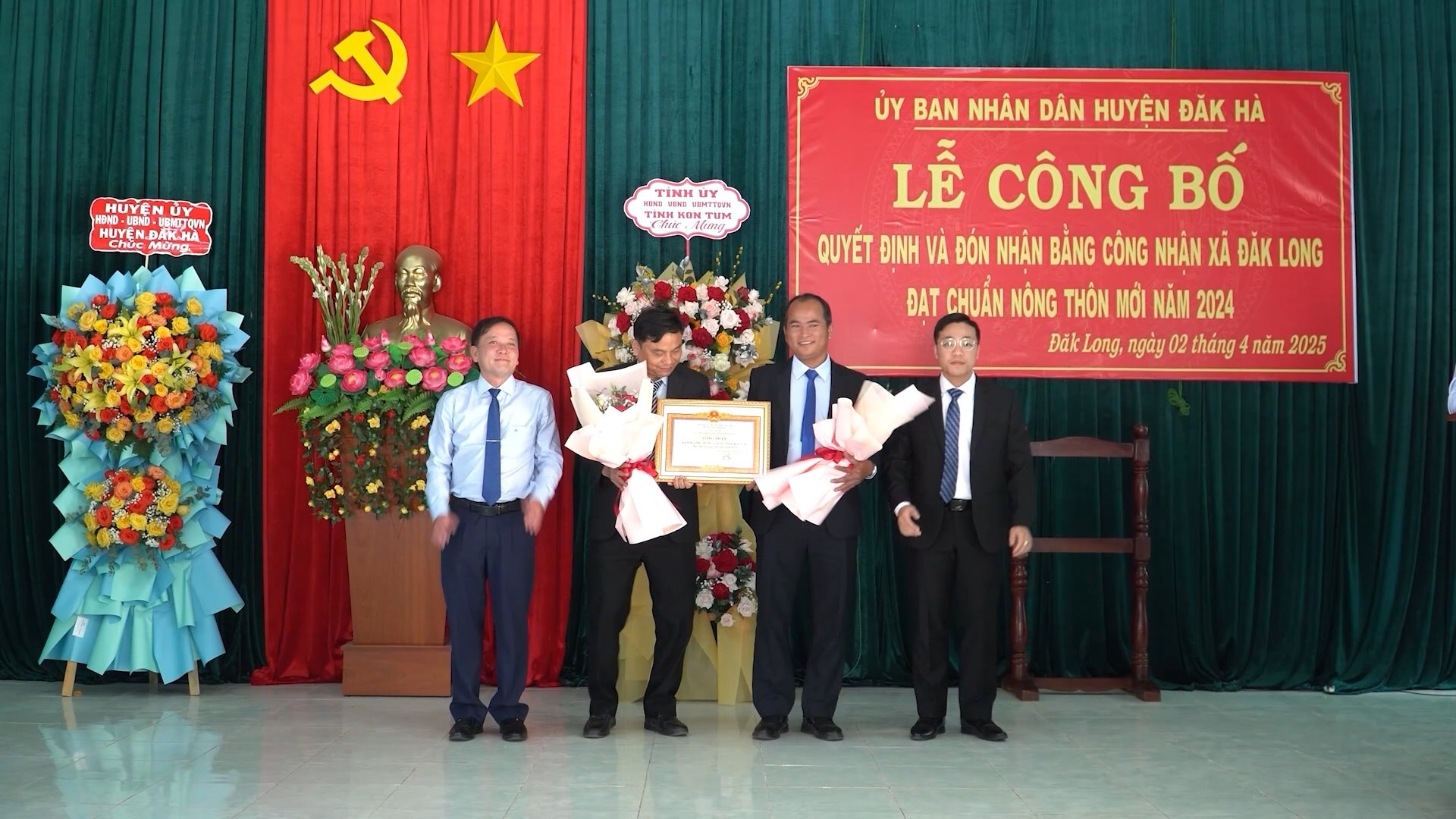



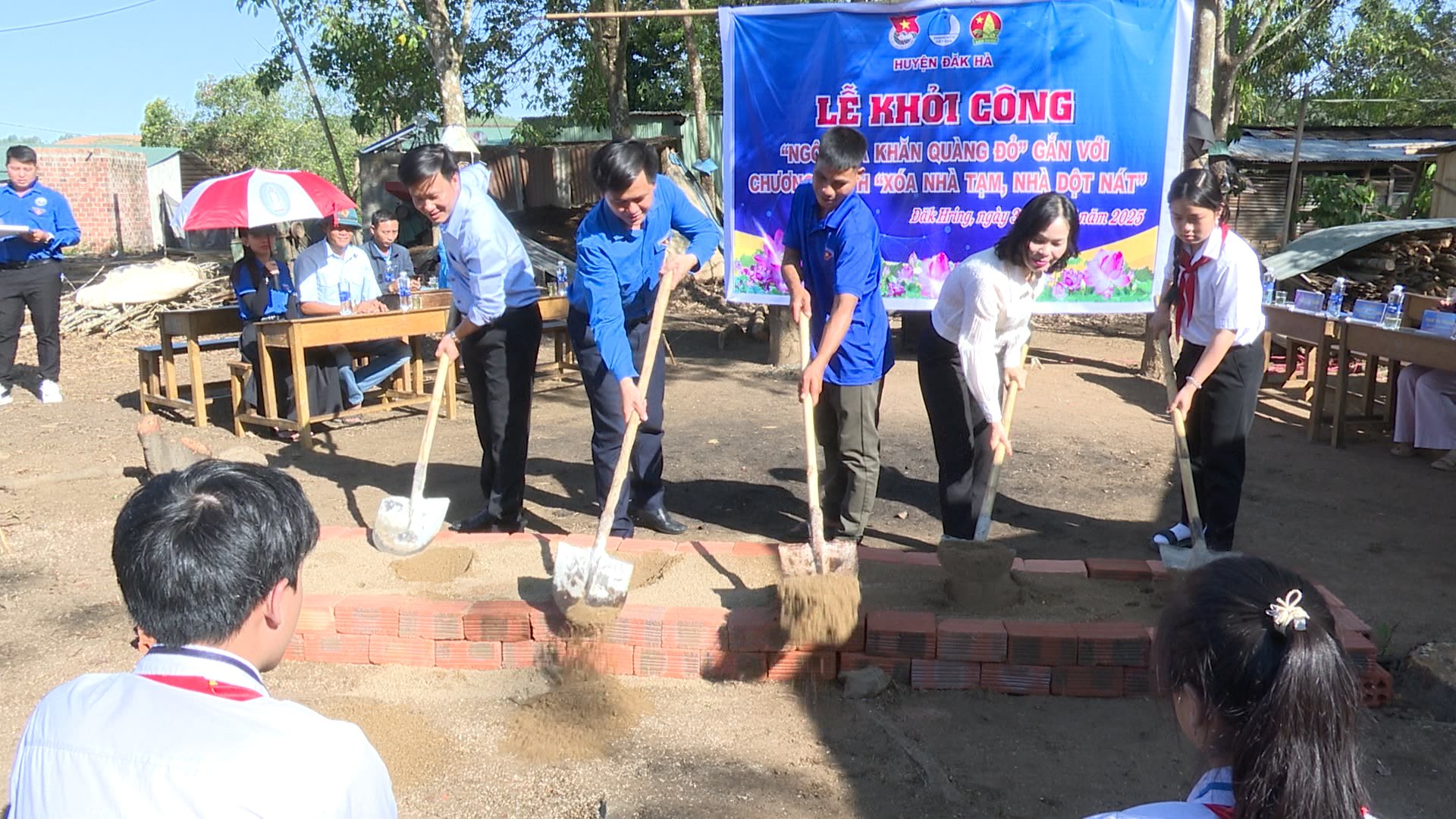
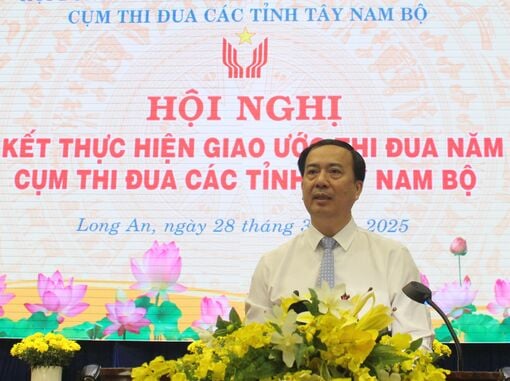












Comment (0)